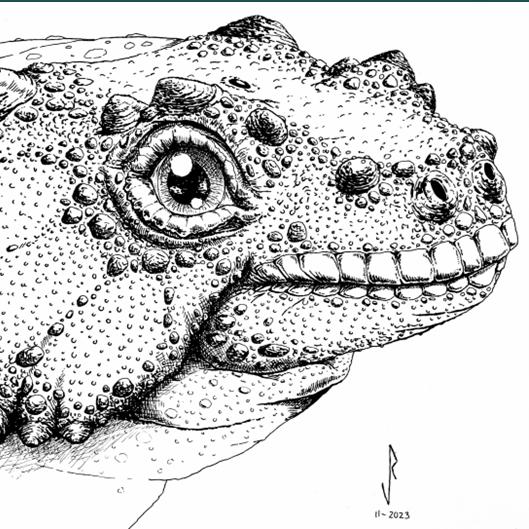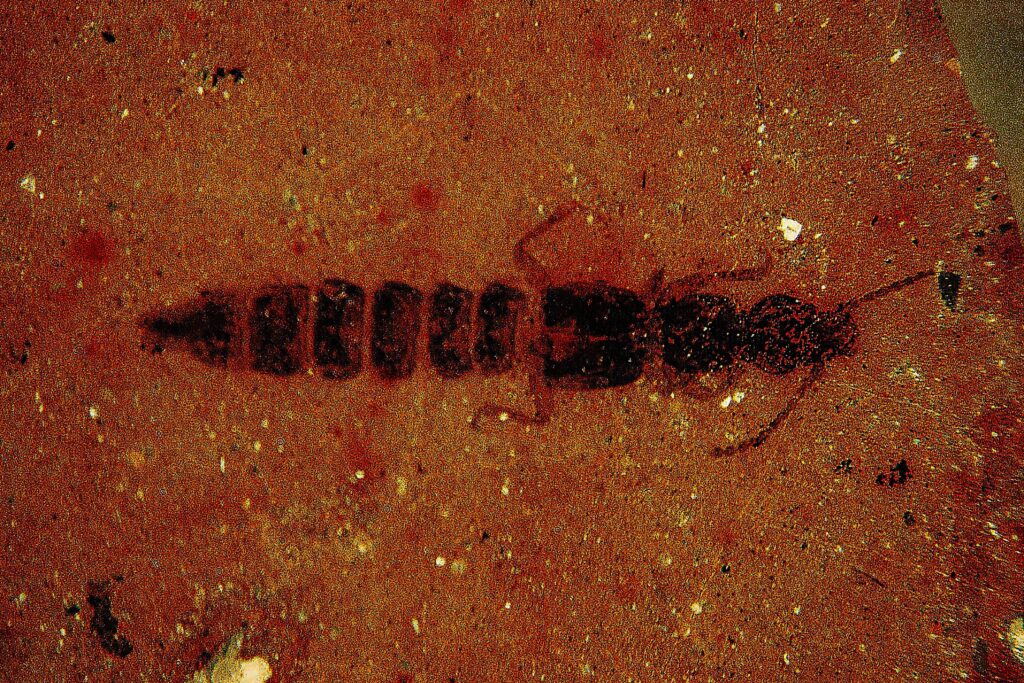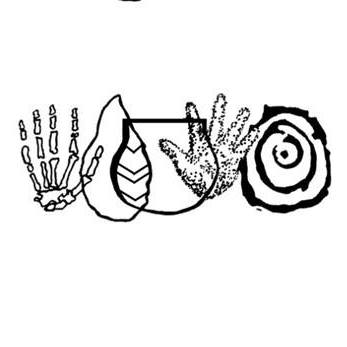The Archaean geological history of the Singhbhum Craton, India
Cratons are pieces of ancient continents that formed billions of years ago. Their study provides a window of how processes within and on the surface of Earth operated in the past. The Singhbhum Craton in India hosts remarkably well preserved volcanic and sedimentary rocks as old as 3.5 billion years. We provide a consistent framework for the relationship of the Archaean (4.0 to 2.5 Ga time interval of terrestrial evolution) rock units that allow insights into how the Earth operated in the distant past.
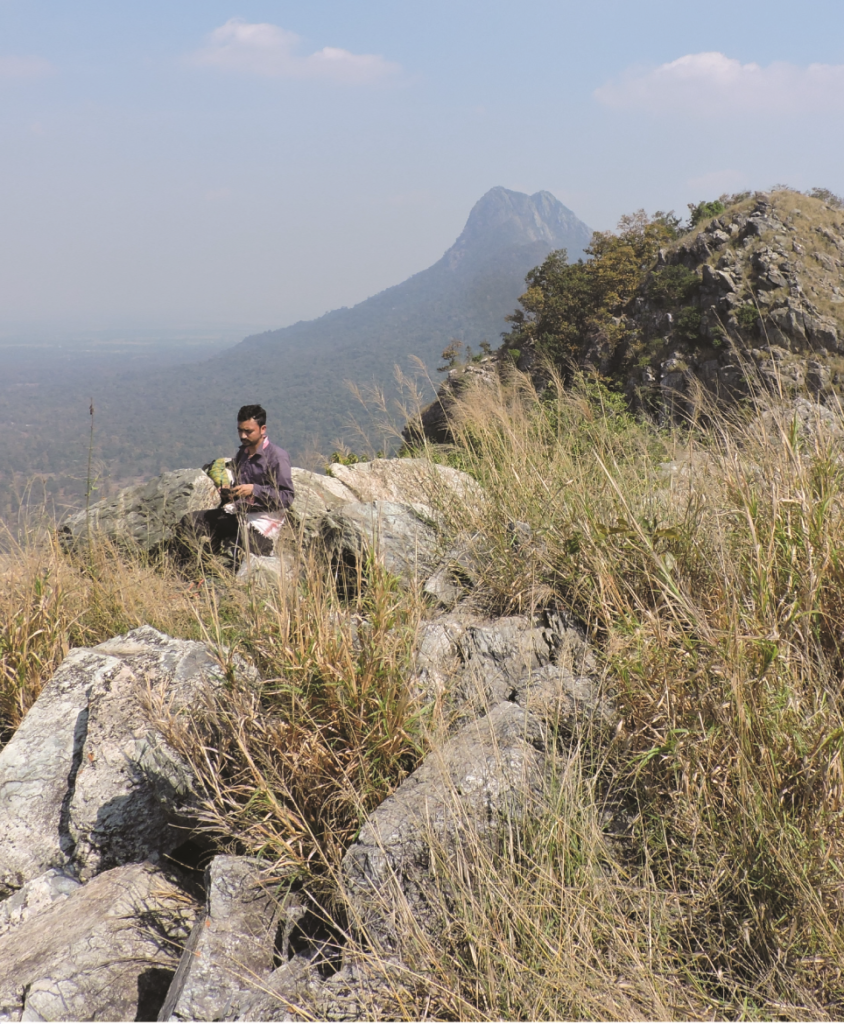
Small bites
- Ancient rocks as old as 3.5 Ga are investigated from the Singhbhum Craton, India.
- Geological history of the Singhbhum Craton, India shares stark similarity with the Kaapvaal Craton, South Africa.
- Cratons act as window into early Earth processes and shed light on the habitats of early life.
A tale of the cratonic twins – Singhbhum and Kaapvaal
Despite more than a century of work, a consistent timeline for the evolution of the Singhbhum Craton has been lacking. Several season were spent in the field to understand the regional geology of the Singhbhum Craton. Careful radiometric-age dating was performed on a variety of rocks that included magmatic as well as sedimentary rocks to unravel the geological history of this ancient craton. The authors revised older concepts and terminologies and provided detailed insights on geological relationships between the various rock units. This resulted in a new framework for the formation of the Singhbhum Craton through its Archaean history. A further outcome was the recognition that the Singhbhum Craton followed a similar style of evolution as the Kaapvaal Craton, a piece of ancient crust that underlies a large part of modern-day South Africa.
Sub-marine volcanic eruptions were common between 3.5 and 3.3 billion-years-ago and became preserved as fossilized pillow lavas within the greenstones of the Singhbhum Craton. Chemical sedimentary rocks precipitated from the ancient oceans and are found between the lava flows. These rocks are known as cherts and contain traces of fossil microbes that lived in these oceans.
Large masses of magmatic rocks, now found as granites, infiltrated the greenstones 3.5 to 3.1 billion-years-ago and led to stabilization of the new continent. Once the craton had formed, it formed a substrate for 2.9 to 2.7 billion-years-old sediments to become deposited in shallow-marine and terrestrial environments.
This detailed study of the Singhbhum Craton of India provide new information related to conditions on our early Earth. The interplay of volcanic activity and sedimentation resulted in the formation of volcano-sedimentary rocks ranging from ~ 3.5 to 2.7 Ga, although under diverse tectonic regimes. This study will provoke comparative work on early Earth research from the Singhbhum and Kaapvaal cratons.
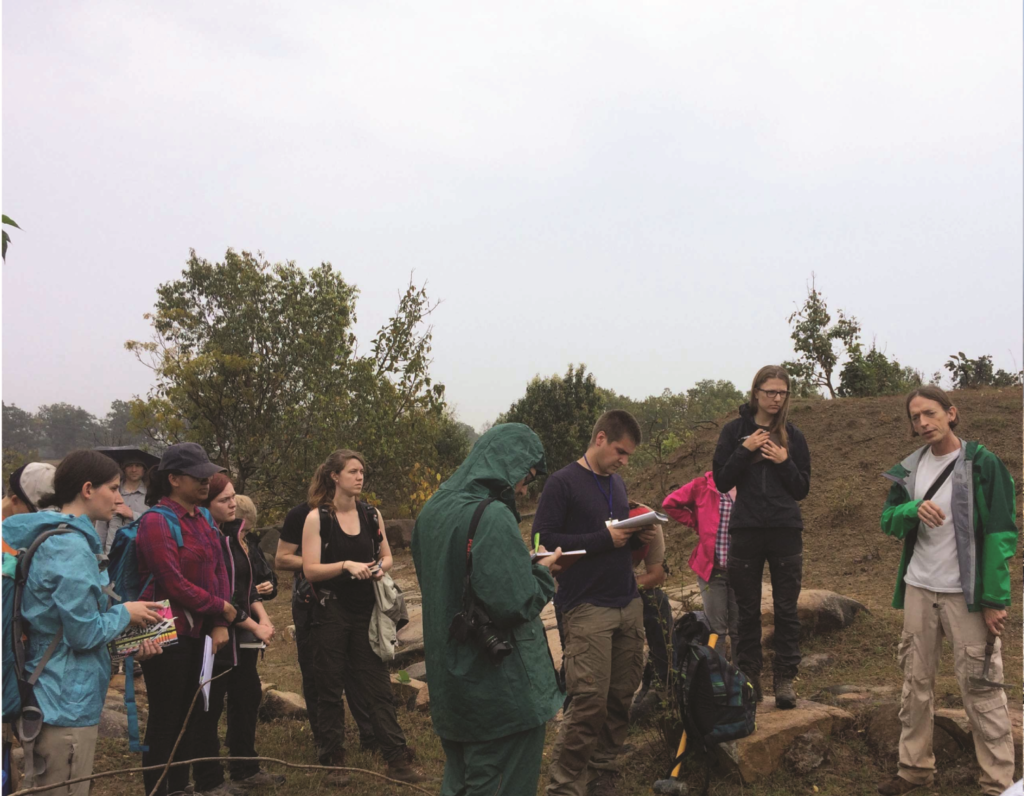
https://reviserebutresubmit.podbean.com/e/season-1-episode-10-dr-jaganmoy-jodder/
